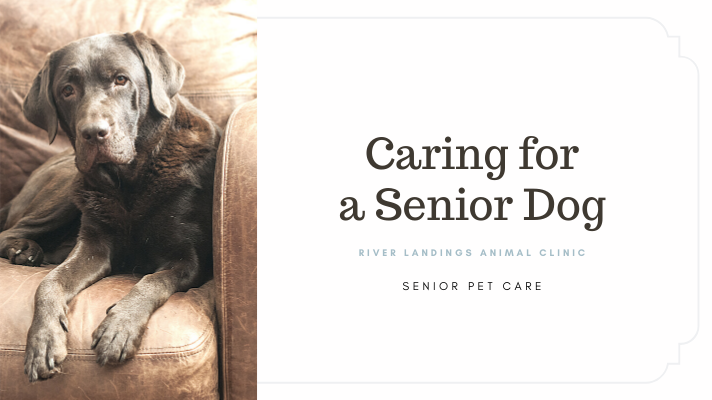There are few things dogs love more than a good walk, whether yours is the social type who loves meeting people or the type who loves to sniff absolutely everything! That’s why National Walk Your Dog Week (October 1-7) is the perfect opportunity to get outside with your pup!
We love seeing our dogs happy – is there anything cuter than that butt wiggle they do when they’re excited? Knowing that a quick walk can make a positive impact in their day is the least we can do to try and match the joy they bring us every day. Here are just a few reasons to swap your next 30-minute Instagram photo session with your dog for an active walk around the block.
Reasons to walk your dog during National Walk Your Dog Week and year-round:
Keep them healthy
While getting exercise to stay healthy is so often at the top of our minds for humans, we often forget that pets need the same! In the Association for Pet Obesity Prevention‘s 2017 clinical survey, 56% of dogs were found to be clinically overweight. This can reduce the quality of their life, reduce their life expectancy, and cause a multitude of issues for your dog. National Walk Your Dog Week is a great time to set a goal to get your pup out into the world for a substantial walk, around 30 minutes, at least a few times a week.
Chill them out
Not only is the time that you walk your dog a nice opportunity to let your pet get some fresh air and exercise, but it can also prevent them from getting destructive out of boredom while you’re away. If they’re tired out, odds are they won’t have as much time to ponder chewing up your favorite pair of shoes! In addition, it can help energetic dogs expel some energy, which can in turn make them calmer around other people or animals.
Show them love
Pets respond well to interaction, which is why they tend to follow you around the house, or continuously nudge your hand until you pet them! When you walk your dog, it’s a great chance to give your undivided attention to your dog and let them know that you care for them. It may seem like a small task on a mounting to-do list to you but can be a bright spot in your pet’s day!
Focus their training
If your dog needs a little bit of practice learning to heel, sit, stay, or follow other basic commands, a walk is a great time to get them into some of those good habits. Practice makes perfect, so incorporating walks and practicing these skills into their everyday routine will make them even more successful.
Boost your mood
Not only will taking your dog on regular walks make you a more active person, but it can also improve your health in other ways! Spending time with pets can lower anxiety and blood pressure, which is why therapy dogs are so useful. They ease tension, reduce loneliness, and can improve heart health.
This National Walk Your Dog Week, do yourself – and your dog! – a favor and get in the habit of walking your pet regularly. What is your favorite place to explore with your dog? Let us know in the comments!
Hear From Us Again
Don't forget to subscribe to our email newsletter for more recipes, articles, and clinic updates delivered to your inbox (here). Or, you can keep up to date by liking and following our Facebook page (here).
Related: We have more information under dog health + client care.


